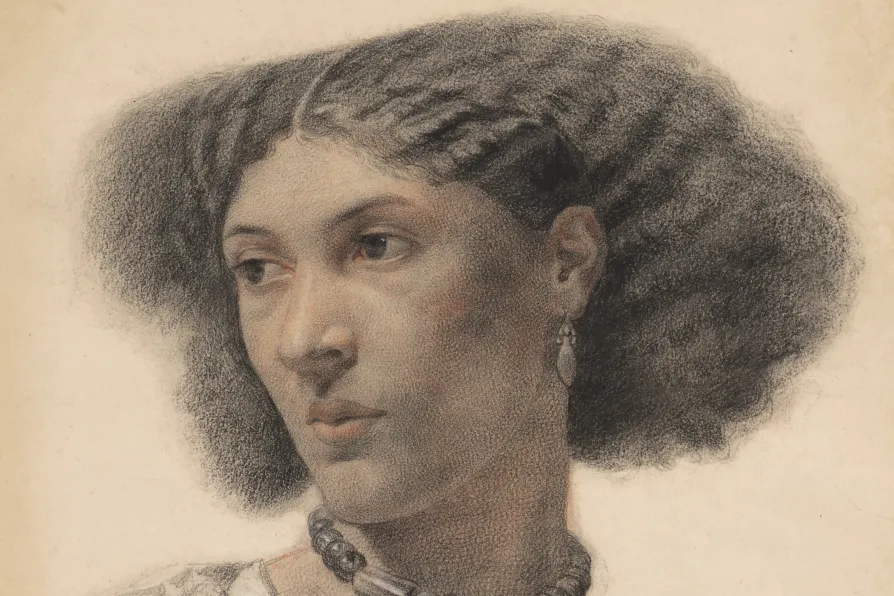MARIA DUARTE picks the best and worst of a crowded year of films
Before Windrush: West Indians in Britain
Revelatory account of Caribbean immigration to Britain in the centuries before the Windrush generation’s arrival

 PRE-RAPHAELITE MODEL: Porrtait of Fanny Eaton by Walter Fryer Stocks
PRE-RAPHAELITE MODEL: Porrtait of Fanny Eaton by Walter Fryer Stocks
IN RESPONSE to a call from the British government for workers to fill the gaps in Britain’s post-war labour shortage, the Empire Windrush brought the first large group of Caribbean people to Britain in 1948.
By 1973, nearly half a million had settled here. Working in the NHS, manufacturing and construction, transport and the postal service, each one was automatically a British subject and free to live and work in this country permanently.
Similar stories

This is poetry in paint, spectacular but never spectacle for its own sake, writes JAN WOOLF

ANDY HEDGECOCK relishes two exhibitions that blur the boundaries between art and community engagement

CAROLINE FOWLER explains how the slave trade helped establish the ‘golden age’ of Dutch painting and where to find its hidden traces

The Morning Star sorts the good eggs from the rotten scoundrels of the year










